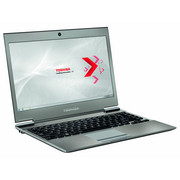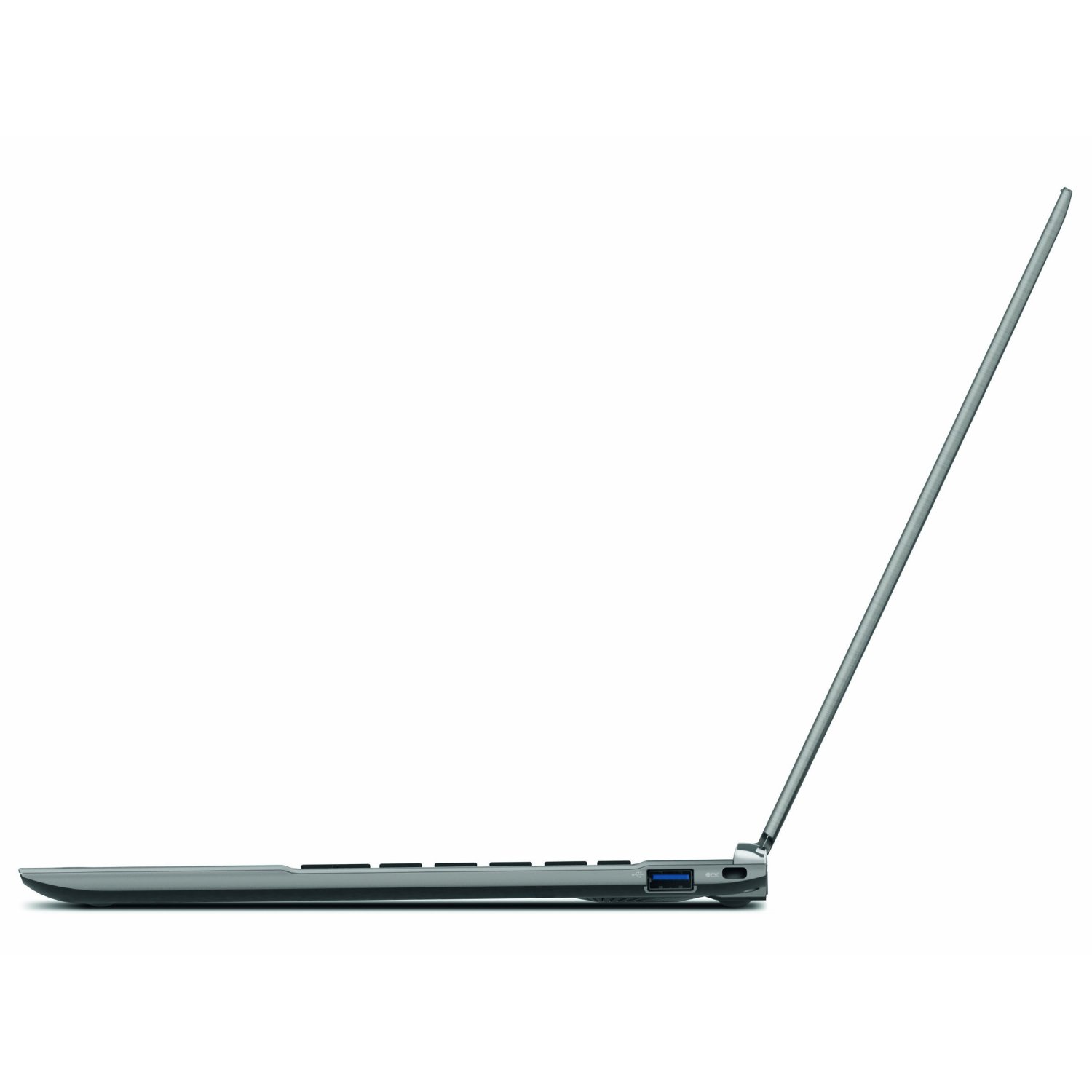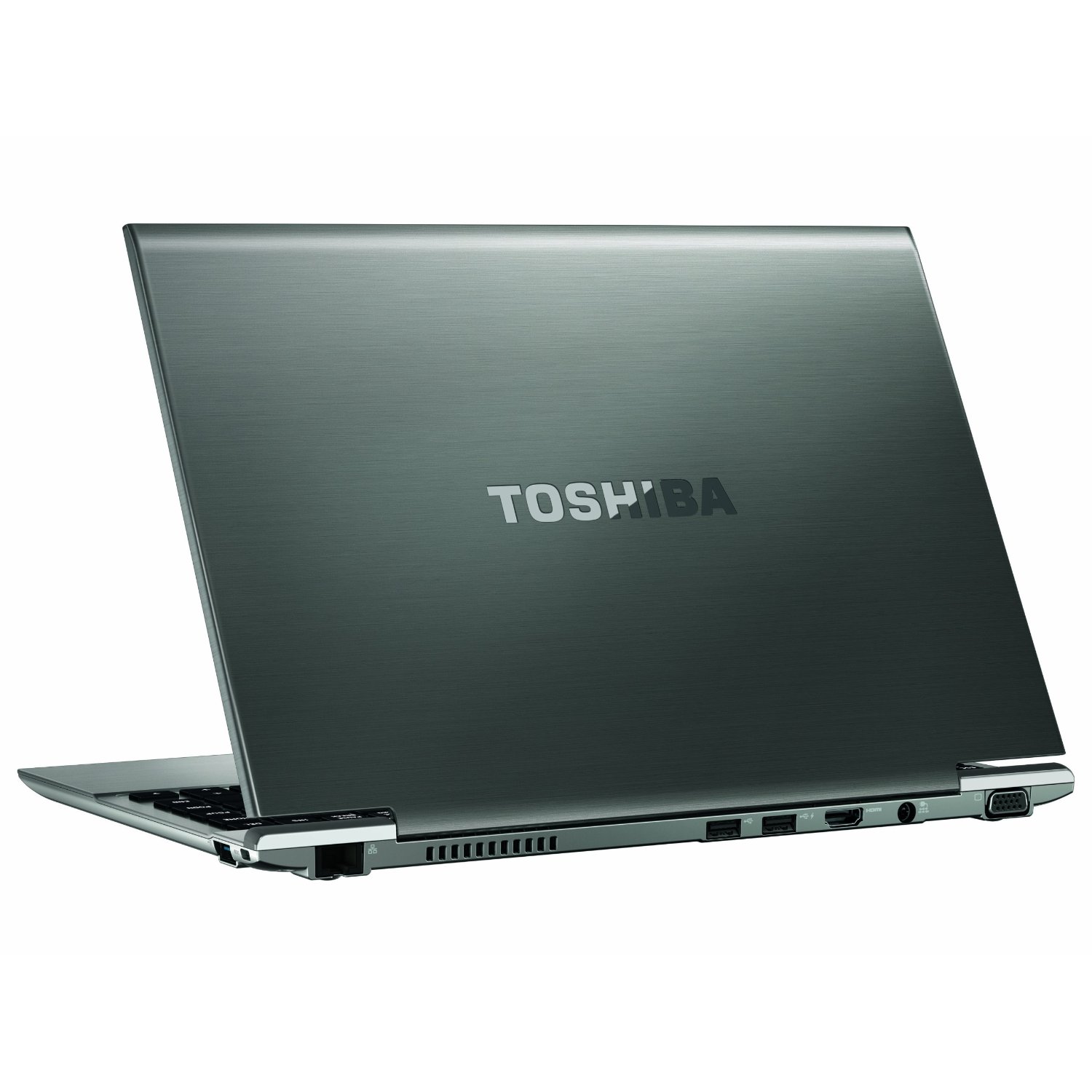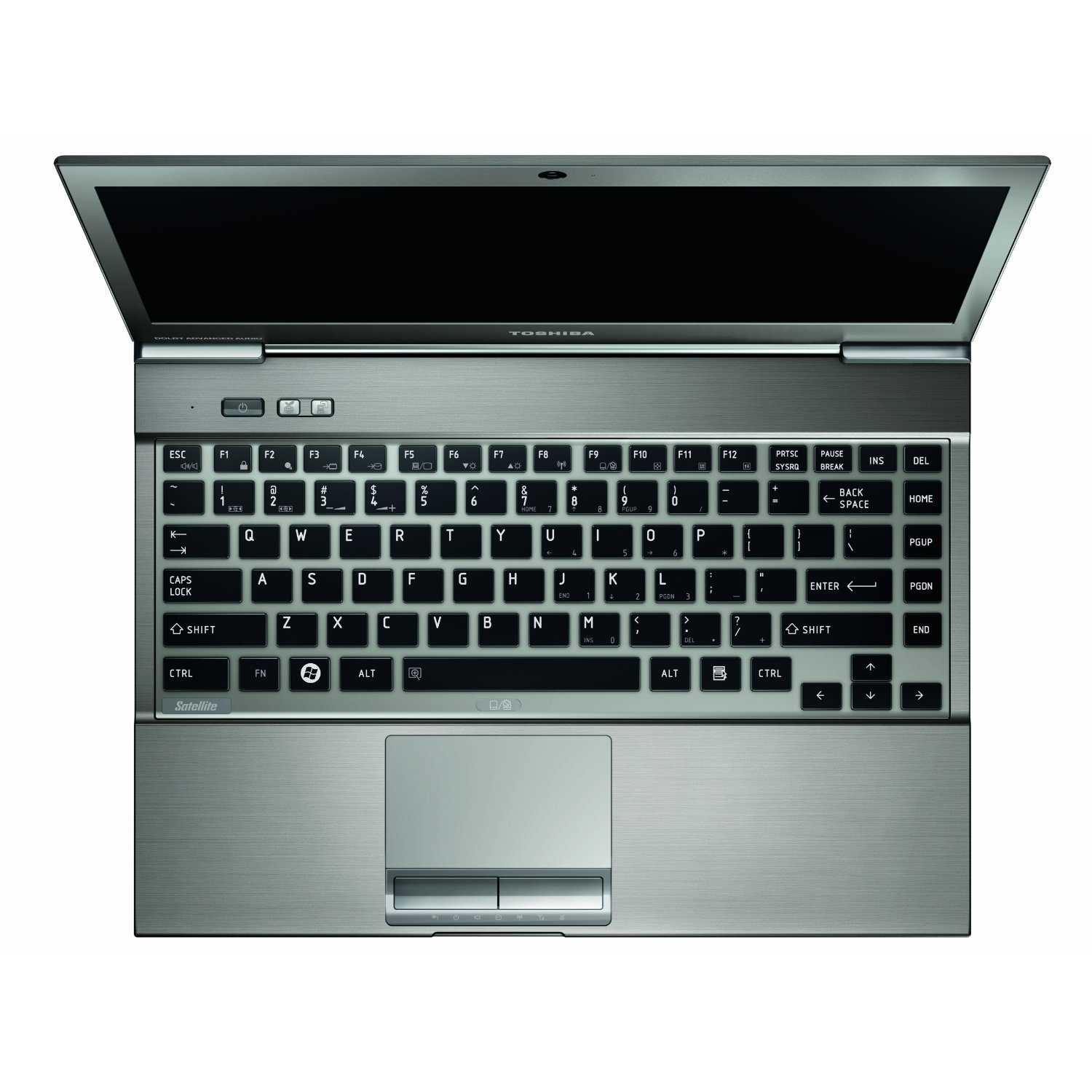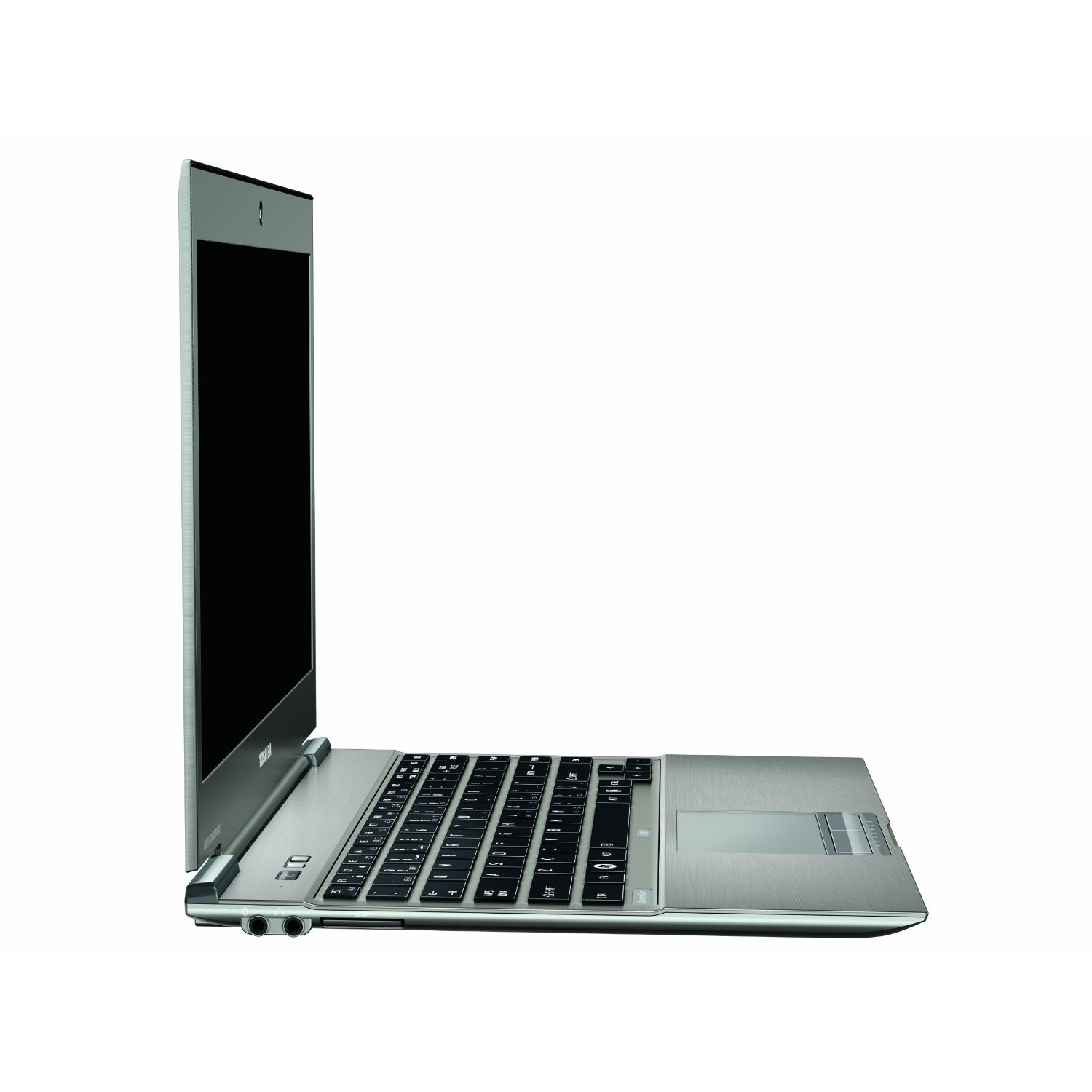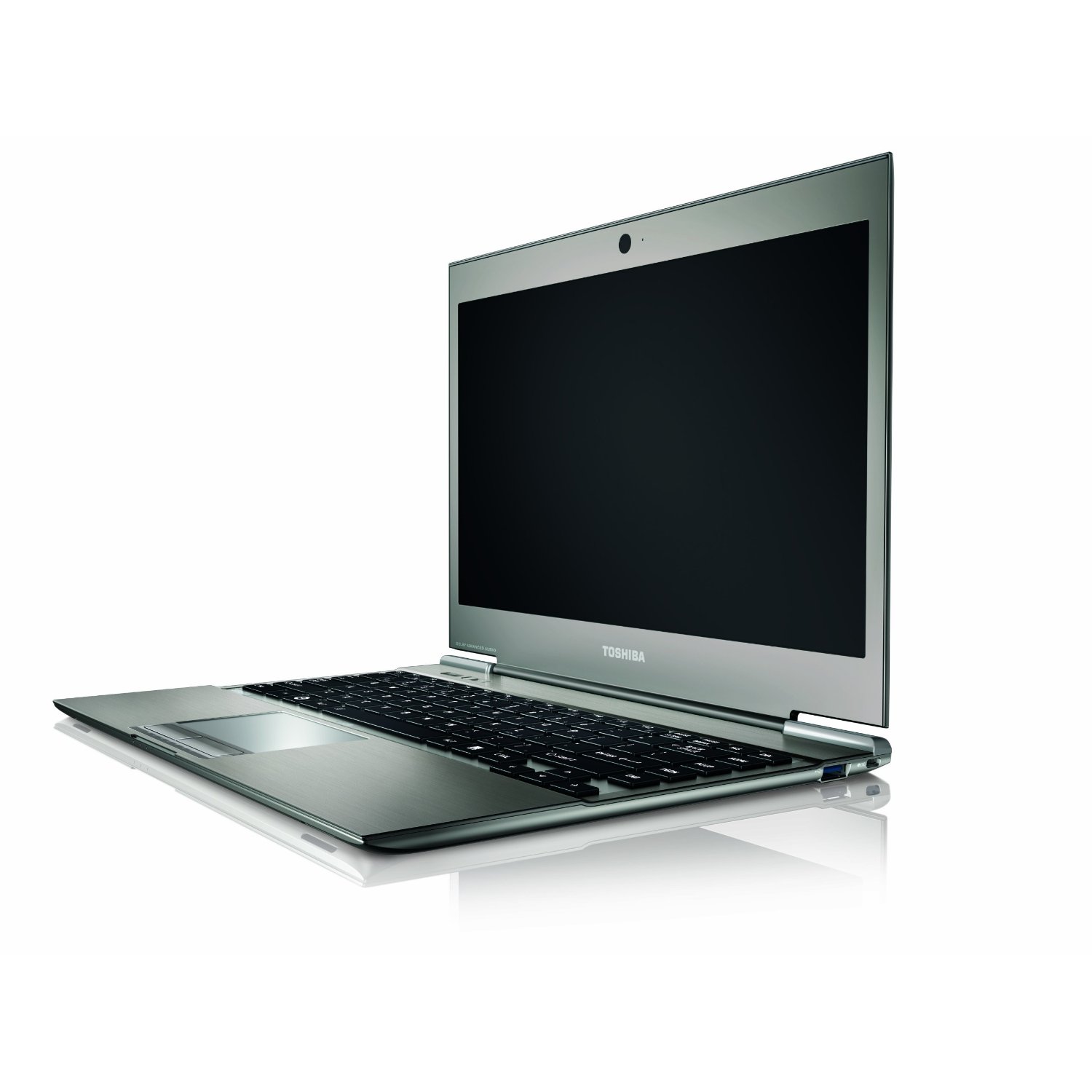Toshiba Satellite Z830-10U
Specifications
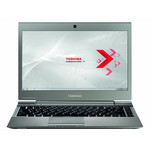
Price comparison
Average of 4 scores (from 4 reviews)
Reviews for the Toshiba Satellite Z830-10U
Source: Tech Advisor
 Archive.org version
Archive.org versionThe Toshiba Satellite Z830-10U costs less than the Portégé Z830-10P and has better hardware specifications. Business users will have to swallow the difference though in order to get Windows 7 Professional. For anyone else, the Satellite is the best option of the two Toshibas this month.
Single Review, online available, Very Short, Date: 05/02/2012
Rating: Total score: 70% price: 70% performance: 70% features: 80% ergonomy: 70%
Source: Trusted Reviews
 Archive.org version
Archive.org versionWith the Z830, Toshiba has created one of the lightest and most affordable Ultrabooks on the market, yet it’s packed with connectivity, sports a matt screen, and offers premium touches like a backlit keyboard. Unfortunately, its staid design limits its visual appeal compared to rivals, its keyboard doesn’t provide the best typing experience, and poor viewing angles let the 13.3in screen down badly. Like most Ultrabooks we’ve seen, it comes close, but no cigar.
Single Review, online available, Medium, Date: 01/25/2012
Rating: Total score: 80% price: 90% performance: 80% features: 80% display: 60% mobility: 90% ergonomy: 70%
Source: CNet
 Archive.org version
Archive.org versionUltrabook city is booming, with every computer manufacturer arriving in town on the back of an Intel-powered cart, hoping to strike a rich vein of laptop gold. The Toshiba Satellite Z830 may be slim and light, but it fails to beat its ultrabook competitors in power, build quality and battery life. Your £1,000 would be better spent elsewhere.
Single Review, online available, Medium, Date: 01/05/2012
Rating: Total score: 60%
Source: Techradar
 Archive.org version
Archive.org versionThe Satellite Pro Z830-10U is one of the best ultrabooks we've yet seen, and certain features, such as connectivity and touchpad usability, outshine all its rivals. However, there are still niggling issues such as build quality and excessive bloatware that mar the whole experience. This is certainly a great piece of kit from Toshiba, but it feels like an extra step onwards from the Portege rather than the completely different computing experience the Asus Zenbook provides. Extra pressure from evolving tablets such as the Asus Transformer Prime also gives us something to consider.
Single Review, online available, Medium, Date: 12/19/2011
Rating: Total score: 80%
Comment
Intel HD Graphics 3000: Integrated graphics card in the Intel Sandy Bridge processors (Core ix-2xxx). The HD 3000 is the faster (internally GT2 called) version with 12 Execution Units (EUs).
Only some 3D games with very low demands are playable with these cards.
» Further information can be found in our Comparison of Mobile Graphics Cards and the corresponding Benchmark List.
2467M: Power saving ULV processor clocked at 1.6-2.3 GHz due to Turbo boost. Offers an integrated HD 3000 clocked at slow 350 / 1150 MHz and a DDR3-1333 memory controller.» Further information can be found in our Comparison of Mobile Processsors.












